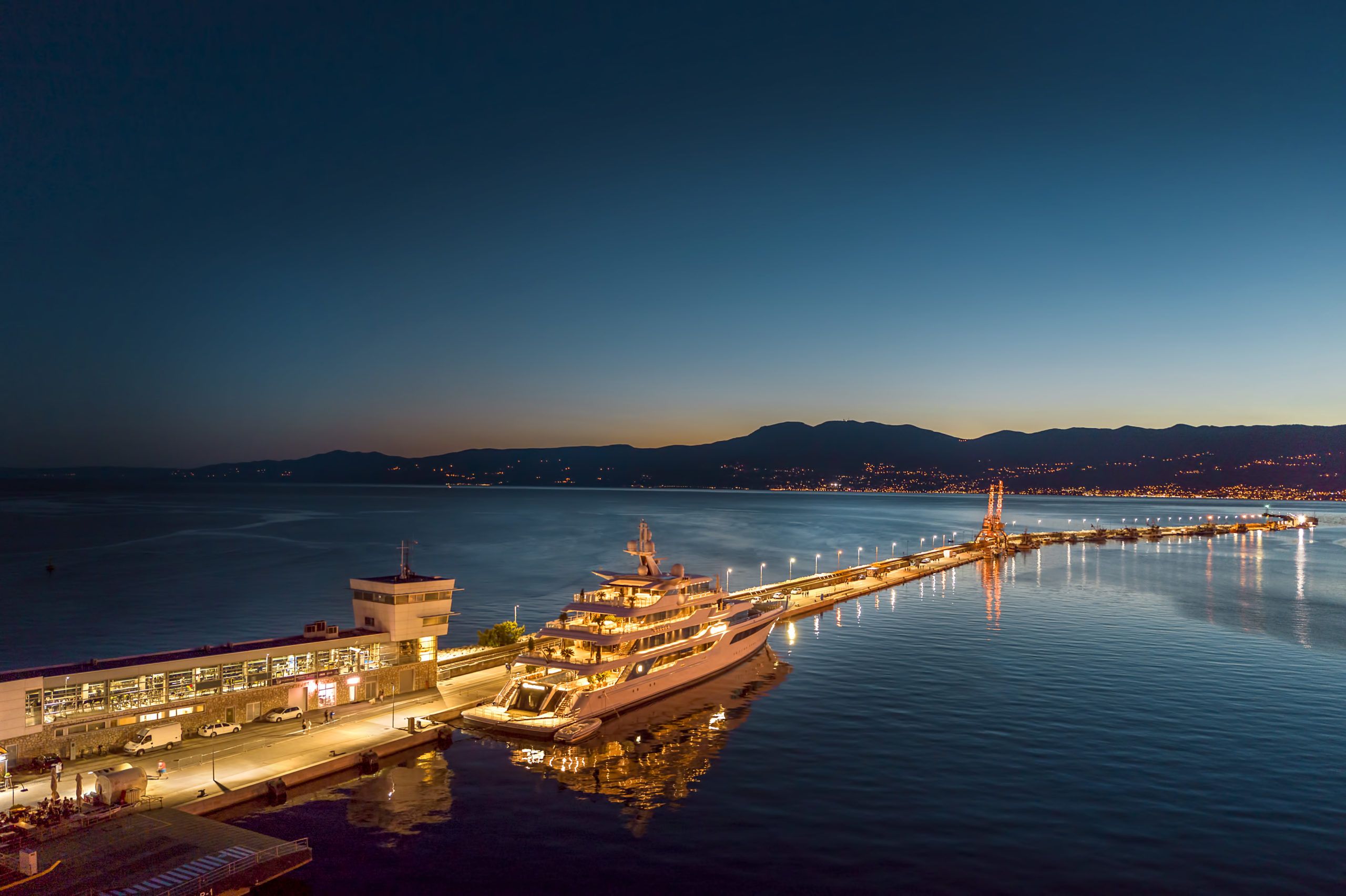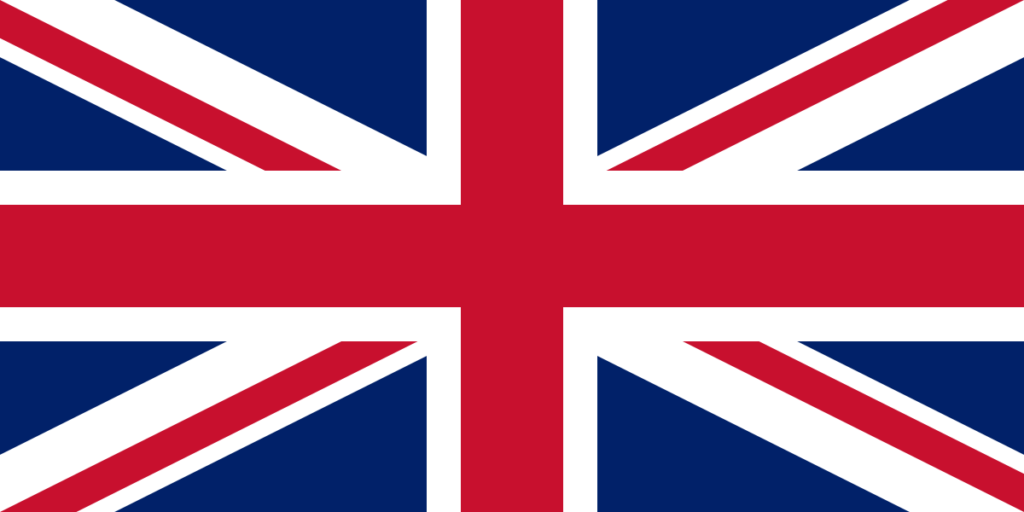The current Breakwater in the main port basin is known as molo longo due to its 1707 m length. It is used as a passenger terminal and promenade. The construction plans and preparations for the Breakwater began in 1872 and it was completed in 1888. It was named Molo Maria Teresa after the Empress for her historic influence on the development of the city. It was planned to be an administrative centre for Hungary by the Hungarian architect Antal Hajnal.
The construction work was performed by, among others, a Parisian railway construction company. In the 20th century, the Breakwater was enlarged, a pier used to close the Breakwater was erected in 1908, and the final enlargement to the Breakwater was constructed in 1934. During WWII, a range of diversions were conducted in the Port of Rijeka area.
The greatest amount of damage was caused by the German forces in their retreat on May 1945. The grand restoration of the port basin was conducted immediately after the war ended and lasted until 1961. Special pride was placed in the restoration of the Breakwater cranes. They were a technologically revolutionary accomplishment and could thus elevate the Port’s status to a higher level.
In 1904 the rowing clubs Quarnaro, Canottieri Fiumani and Liburnia built boat depositories, club facilities, small pools and terraces by the Breakwater. The greatest accomplishment in building the Breakwater was the Quarnaro bathing resort in 1912 – 1913, which was declared one of the finest bathing resorts in the Monarchy. The lighthouse that was at the end of the Breakwater is currently at the western city area in the Mlaka district.
By observing the City of Rijeka from the Breakwater, we can track its historical development from the Antique Tarsatica located on the right side of the Rječina to the powerful naval and industrial development to the West. The fortified city has seen many rulers and names throughout history by humbly developing through commerce and shipping, right up until the time of the sailing ships.
The geographical and maritime characteristics of the Rječina estuary were not sufficient to convert Rijeka into a global shipping port for all large ships. A long-term ambitious and expensive project of filling the sea was initiated in order to build a new port. After the earthquakes that demolished a major portion of the city and its walls between 1750 and 1754, the civitas nova was built first on top of the filled-in city wall ditches and along the coast. Strong economic development of the city ensued after Rijeka was declared a free city port in 1719, during the reign of Charles VI. It was followed by the construction of the St. Charles’s Lazaret, the Karolina road to the hinterland and the Sugar Refinery that held monopoly over the entire Monarchy.
The construction of the Port of Rijeka and the new city was based on many different urban solutions, such as von Benk’s plan in 1776 and the plan by the construction inspector Anton Gnamb in 1785.
The industrial revolution enabled many significant changes in commerce and traffic. A silo with an elevator that could lift up to 12,000 tonnes was built for grain trade at the location of the current silo. In the second part of the 19th century, there were 22 shipyards in the city. Sailing ships built for long voyages docked between Rječina and Kantrida, and the paper, tobacco, rope, leather, anchor, pasta and sails factories were built in the free port area.
During that period, the most significant urban City and Port of Rijeka plan was created by Josef Bainville in 1843 under the orders of the Hungarian government. The plan included building the Breakwater in front of the Rječina by extending the fish market pier, diverting the Rječina’s flow, cleaning its old riverbed and filling the area in front of the old city theatre (currently Modello Palace). The construction began in 1855 and lasted until the end of the 1860s, after which the port saw rapid development. It was the only port for Hungary and the Budapest-Zagreb-Rijeka railway was constructed to connect Rijeka with the hinterland in 1873.
In accordance with the projects by Antal Hajnal, the main engineer of the Hungarian Royal Office for the construction of the Port of Rijeka, the Istria, Vienna, Budapest and Prague piers and the De Franceschii and Visino piers were built by reclaiming the western coastline. Seven warehouses, out of 20, still remain there and they have been declared a cultural heritage.

